Judge accepts infringement at Bankside Yards scheme but opts to grant damages instead
Developer Native Land will not have to tear down a £200m office tower in Southwark after an attempt to secure an injunction failed at the High Court.
A judgement handed down by Justice Fancourt on Tuesday agreed that the block, called Arbor, at the Bankside Yards scheme in Southwark interfered with the rights of light of the owners of two leasehold flats in a nearby building.
But he determined that enforcement of an injunction would be “problematic”, likely “futile” and that the harm to the defendants, the office tenants and the public would be “disproportionate to the harm caused to the claimants”, instead awarding them damages.
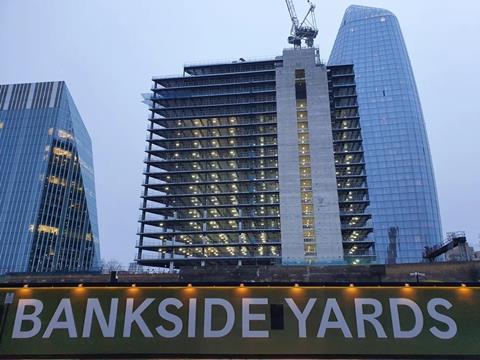
Native Land’s plans for Bankside Yards, which it is developing on behalf of a company called Bankside Yards Jersey Ltd, will see eight buildings erected on a site previously home to Ludgate House and Sampson House.
On the southern end of the site is Arbor, a 19-storey office building designed by PLP and completed by Multiplex in December 2022.
The claim in question was brought by the owners of two leasehold flats in a nearby building known as Bankside Lofts, Mr and Mrs Powell and Mr Cooper, who claimed the Arbor “causes a nuisance by interfering with the rights of light” they enjoy in their flats.
Justice Fancourt said “an oddity of the case” was that, although the Arbor deprives them of some light, neither flat currently suffers from insufficient light in any of its rooms, because of the demolition of Sampson House in 2019.
“The light enjoyed by the flats was thereby temporarily substantially improved by additional light, to which the claimants have acquired no right; though that improvement may prove temporary and is now being reduced as a result of the construction of Opus,” he said.
The justice said there had resulted in a “lively dispute” over the appropriate basis for assessing the impact of the Arbor. The primary scenario advocated by the complainants compares the amount of protectable light coming into their flats before and after the Arbor was built.
In the scenario preferred by the defendants, the ‘before’ picture related to the amount of light enjoyed when the previously existing structures on the site, Sampson House and Ludgate House, were still standing, with the ‘after’ scenario assessing this with the new office tower additionally in place.
Fancourt supported the former interpretation, under which he said the light remaining in the affected rooms is “insufficient for the ordinary use and enjoyment of those rooms”.
>> Read more: Bankside Yards: A new net zero model for London?
He acknowledged that this judgement could be subject to appeal and said that if the latter scenario was applied there would be “no substantial adverse effect on use and enjoyment of the flat overall, and so no nuisance”.
But while an actionable interference to the claimants right to light was established, he decided against granting an injunction.
While he said arguments of waste were “not an automatic defence”, the defendant was entitled to advance them because it had not acted “unfairly, exploitatively or covertly”.
He further determined that an injunction would be “futile” as a similar development would be likely to receive planning permission in the future and that demolition would therefore result in “an unjustified waste of valuable resources, as well as a source of harm caused by a further long period of demolition and construction, harm to the economic interests of the area, and harm to employees of the tenants and the building staff, and to the public”.
He added that the impact of the interference would not make the flats unsuitable for use, but only make them “less attractive and enjoyable”.
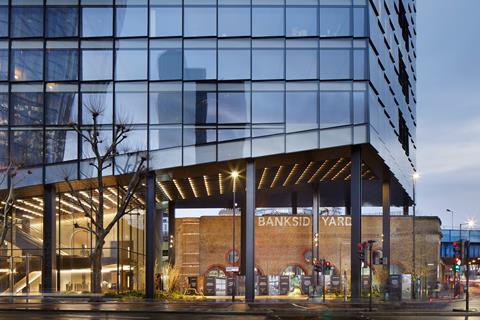
He awarded £500,000 in damages for Mr and Mrs Powell and £350,000 for Mr Cooper “in lieu of an injunction”, meaning Arbor will not have to be demolished and the remaining scheme will not need to be amended.
The damages awarded were significantly below the multi-million sums that the claimants had sought as an alternative to the injunction, which were described as “obviously disproportionate” by Justice Fancourt.
The case also saw another “lively dispute” over the appropriate way to measure loss of light, with the claimants relying exclusively on the traditional and industry standard Waldram method, which the defendants contended was “outmoded and liable to produce incorrect results”.
Justice Fancourt decided that the Waldram test remained valid, while accepting that newer methods have a place where Waldram results are marginal or if other methods produce contrasting results.
A spokesperson for Native Land said: “We strongly welcome the judge’s decision to decline the Claimants’ application for an injunction, and his recognition that demolition of Arbor would be a waste of a ‘high quality, valuable resource in the form of a modern, net zero office building that brings considerable public and economic benefits to the area’. This is great news both for Native Land, our tenants and Southwark in general.
“The decision to award only a small fraction of the damages that the Claimants had said they were seeking on the final day of trial, is likewise very positive for us and the Bankside Yards development as a whole.
“We are now working with our legal team to deal with matters arising from the judgement, and once they are resolved will be in a better position to provide further comment.”








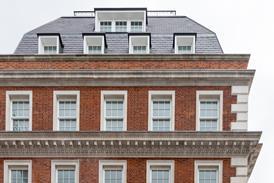
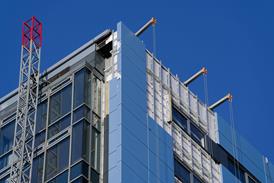
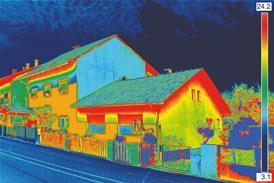

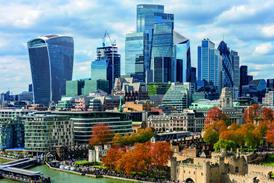










No comments yet